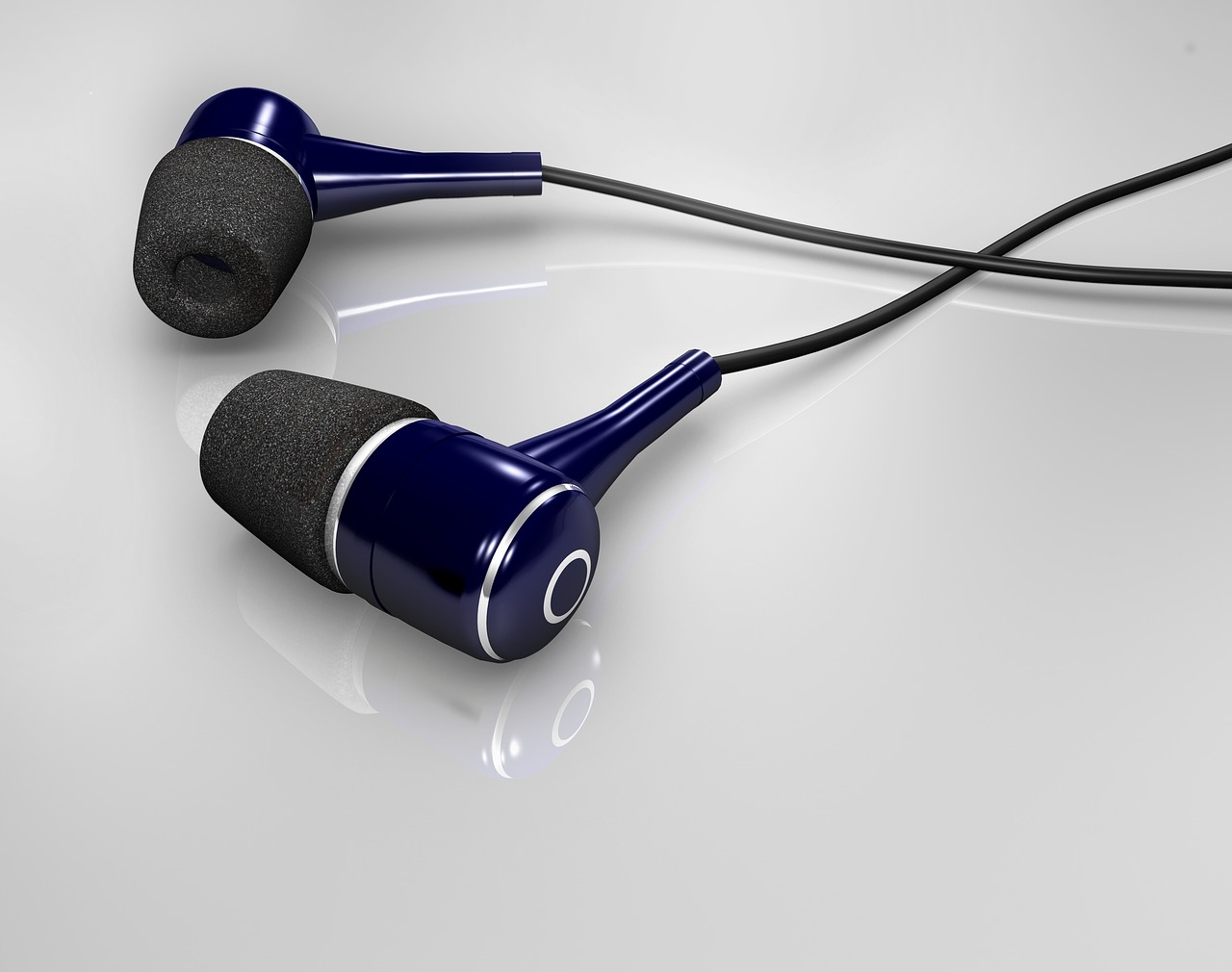Digital Twins: Revolutionizing Product Design and Testing
Digital twins are virtual replicas of physical assets, processes, or systems that are created using real-time data. These digital copies enable organizations to monitor the performance, condition, and behavior of their physical counterparts in a virtual environment. By analyzing the data collected from the digital twin, companies can gain insights into how their assets are operating and identify areas for improvement or optimization.
The concept of digital twins is based on the idea of creating a digital representation that mirrors the physical world. This allows for simulations, testing, and predictive maintenance to be conducted in a virtual space before implementing changes in the real world. Digital twins are increasingly being used across various industries, such as manufacturing, healthcare, and transportation, to enhance productivity, efficiency, and innovation.
Benefits of Using Digital Twins in Product Design
Digital twins offer immense benefits in product design processes. By creating a virtual replica of a physical product or system, designers can visualize and analyze potential issues early on in the design phase. This allows for adjustments to be made before physical prototypes are produced, saving time and resources in the long run.
Furthermore, digital twins enable designers to simulate different scenarios and test the product under various conditions without the need for physical testing. This not only speeds up the design process but also ensures that the final product meets performance requirements. In essence, utilizing digital twins in product design enhances efficiency, reduces costs, and helps in developing innovative and reliable products.
Integration of Digital Twins in Testing Processes
Digital twins have become increasingly prevalent in testing processes within various industries. By integrating digital twins, companies can simulate real-world scenarios and conditions in a virtual environment, providing valuable insights and outcomes before physically implementing designs or products. This advanced technology allows for more efficient and cost-effective testing, as any potential flaws or issues can be identified and rectified early on in the development phase.
Moreover, the use of digital twins in testing processes enhances the overall quality and reliability of products. With the ability to mimic actual operational conditions and behaviors, manufacturers can ensure that their products meet the required standards and specifications. This proactive approach to testing not only reduces the time-to-market but also minimizes the risks associated with faulty designs, ultimately leading to improved customer satisfaction and brand reputation.
What is a digital twin?
A digital twin is a virtual representation of a physical object or system that enables monitoring, analysis, and simulation of its behavior.
How can digital twins benefit product design?
Digital twins can aid in optimizing product performance, improving reliability, predicting maintenance needs, and reducing time-to-market.
How are digital twins integrated into testing processes?
Digital twins can be used to simulate real-world conditions, test different scenarios, and identify potential issues before physical prototypes are built.
What are the advantages of using digital twins in testing?
Using digital twins in testing can lead to cost savings, faster development cycles, better product quality, and improved decision-making based on real-time data.
Are there any limitations to using digital twins in testing?
While digital twins offer many benefits, they may require significant initial investment in technology and expertise to implement effectively.





